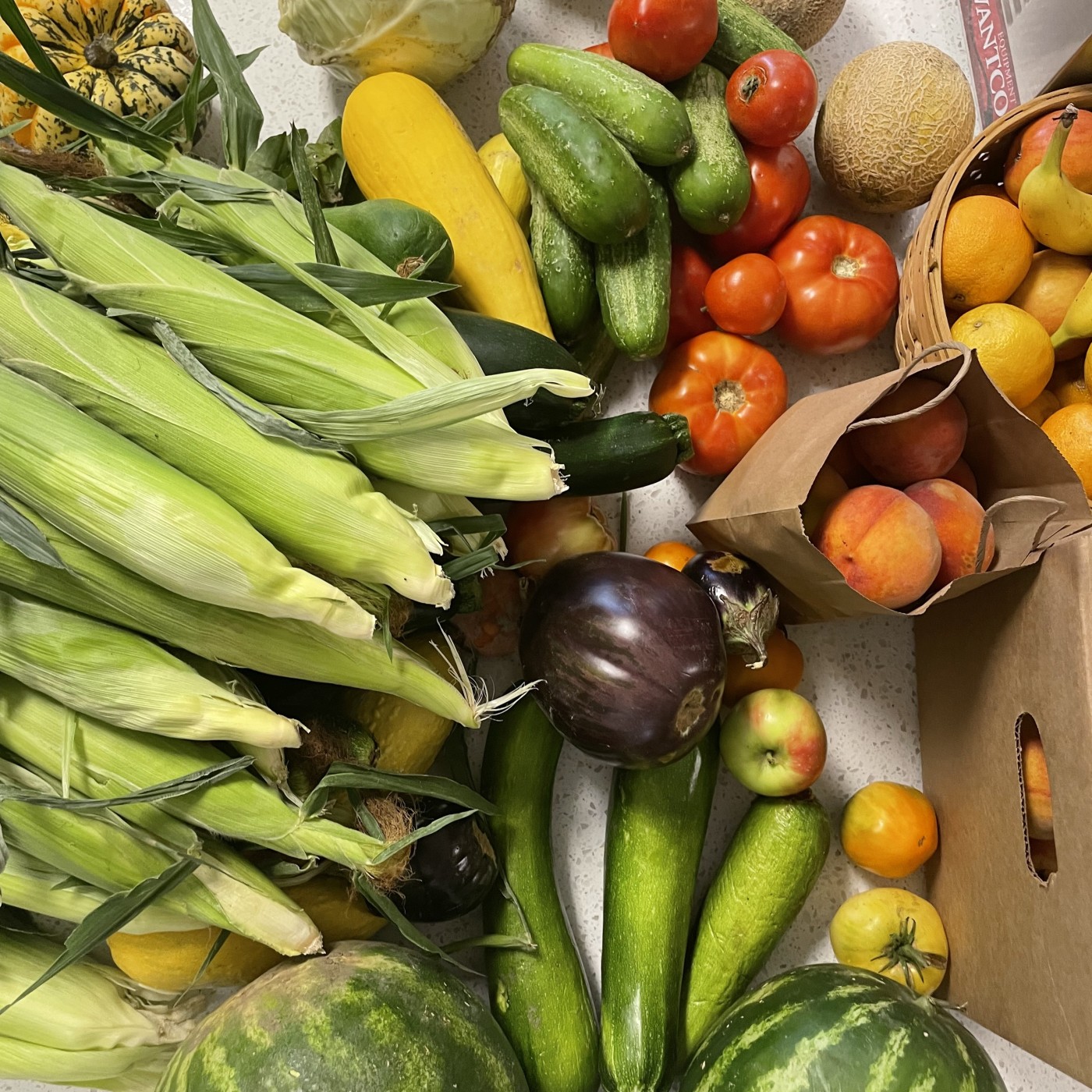The average American home wastes 35-40% of the food they bring home. That food ends up in the landfill and releases methane gas which is up to 80% worse for our environment than the carbon dioxide from our cars.
When we throw away food, we are also throwing away the water that went into it, the energy that went into growing/making it, the packaging and the transportation.
We have some tips to help you reduce your food waste at home.
1. Shop from your fridge or pantry first
- What is in your fridge and pantry that needs to be used up. Determine your meals based on these items. For example, if you have lettuce, plan to make a salad for one meal or lettuce wraps.
- Use apps like 'Copy me that' to come up with recipes with ingredients you have on hand.
- Always shop with a grocery list.
2. Use the smell and taste test as dates don't signify safety; they only refer to quality*
- For example, to know if eggs are still good, fill a small glass with room temp water, gently drop the egg into the water. If the egg sinks it is still good to eat. If it floats, it means there are gases being released and the egg is not good to eat. And remember to put the water from the glass to good use, like the watering can, since many of us are living in severe drought conditions.
- If your cheese has some mold on it, cut off about 1 inch of cheese around the moldy section.
*Visit the USDA website for more info.
3. While shopping...
- Buy only what you need. Don't be tempted by "buy one, get one" sales unless it is nonperishable or you know you are going to use it up.
- Stick to your list. If it's not on your list you probably don't need it.
- Shopping bulk items is the best way to only buy what you need.
4. Properly store your food
- Date your leftovers so you know to eat them or freeze them by that date. You can safely eat leftovers up to 7 days after making them.
- Label and date food before putting in the freezer. Food will start getting ice crystals on it which make it hard to recognize. If you know what it is, you are more likely to eat it.
- Create an "Eat First" shelf in you fridge and put those items that are going bad sooner on that shelf so family knows to pick from there first (such as the one piece of fruit that is riper than the rest, leftovers that are going bad in the next day or two, etc.).
- Foods that should be stored on the counter: bananas, tomatoes, potatoes, onions.
- Foods that should be stored in the fridge: apples, citrus, lettuce, avocado (once ripened), berries.
- Food that should be stored in the freezer: nuts, dairy that is reaching its expiration date, leftover broth (freeze in ice cube trays to have smaller quantities when recipes call for small amounts).
If you want to learn more follow us on Instagram or Facebook as we share a lot of content on food storage and cooking tips to reduce your food waste.
Remember: practice — not perfection — is what matters!

